On Wednesday September 10 1958, in Cranston Street church hall just off Edinburgh’s Royal Mile, mere yards from Waverley Station, a piece of Scotland’s cultural history was made.
Although ‘uninvited’ non-professional and student theatre groups had been coming to Edinburgh for as long as there had been a Festival to act as alternative to.
History being made
Since 1947, when Austrian opera impresario Rudolf Bing had convinced the city to host a major International Festival of elite arts to help heal a continent broken by the Second World War, there had been an entity known as the ‘Fringe’ to act in balance to it.
Yet on that day in 1958, ten of the then-couple of dozen Fringe companies got together and decided the following year to form a society which would represent their collective interests.
This involved things liked shared advertising and finding the best venues in the city to stage their shows.
An alternative for artists
Bearing in mind the International Festival was still happening in all the major venues through the end of August and the first week in September, ‘venues’ to these companies meant church halls like Cranston Street, the YMCA just off St Andrew Square or other community spaces.
For three weeks every year for the first 12 years of its life, the International Festival had taken over the city – and the Fringe was becoming ever more adaptive when it came to taking over those performing spaces it hadn’t filled.
Then as now, the Fringe was the world’s largest open-access festival, meaning absolutely anyone with a show and an Edinburgh stage to put it on could perform.
What’s interesting, going back and reading some of the newspaper commentary about the arrival of the very first Fringe under the umbrella of the Festival Fringe Society in 1959 – as I did while writing a book, published during the summer, on the history of the Edinburgh Festivals – is how familiar the complaints made felt from today’s perspective.
In 1959 Edinburgh was close to having 30 individual Fringe theatre companies operating around the city, in addition to the usual International Festival shows, the Military Tattoo at the Castle and a growing programme of Film Festival screenings in the city’s cinemas.
How could the city cope?
How on earth, people wondered, could the city cope with such a huge number of events taking place over just three weeks?
Cut to August 2022, when the 75th anniversary edition of the Edinburgh Festival returned to something like full capacity after a pandemic-enforced absence (it went entirely online in 2020, returning for a much smaller, socially-distanced series of performances in 2021).
Although attendance wasn’t quite back to pre-pandemic levels, the Fringe alone reported 2,201,175 tickets sold for 3,334 shows, featuring performers from 63 different countries.
Imagine a time-travelling newspaper letter-writer arriving from 1959 and having their mind blown by those stats.
They’d probably suspect future science had enabled a whole second storey to be built on top of Edinburgh, yet the city remains more or less the same. Still, it manages to accommodate the Edinburgh Festival – or does it?
The Fringe industry
Alongside all the folk whose livelihoods are boosted during the Festival – bar staff, restaurateurs, Uber drivers and those stand-up comedians lucky enough to snare a television deal at the end of it – we can count the commentators who are part of a cottage industry offering annual criticism of the Festival.
By which we mean the Fringe, because despite the continued presence of the International, Film, Book and Art Festivals, it’s by far the largest piece of the puzzle.
Every year, you don’t need to go far to hear bold statements that the Edinburgh Festival is too big, or too expensive, or too busy, or too exploitative, and that something definitely needs to be done.
The ‘build back better’ hopes of this first post-pandemic year also perhaps raised expectations which have since been dashed by a return to normal – although Edinburgh isn’t the only place where this has applied.
Enduring criticisms
Throughout the last decade, numerous criticisms bubbled under concerning the Festival and the Fringe in particular.
Certain public areas of the city were becoming too congested, almost handed over to commercial venues for the month of August, especially the ‘big four’ of Underbelly, Assembly, Gilded Balloon and Pleasance.
For performers themselves, especially the vast majority who aren’t in Edinburgh road-testing material for an upcoming arena tour, the cost of venue hire and especially sky-rocketing accommodation fees means even a reasonably successful low-budget show might only break even if it’s lucky.
Elsewhere, there were complaints of zero-hours contracts and a culture of unpaid overtime, which some employees viewed as exploitative.
Then the knock-on effect of this month-long disruption has an effect on the year-round ecology of Edinburgh for residents.
The rise in holiday letting websites means many properties which might recently have been long-term lets for families are now used as short-term holiday accommodation through the summer and beyond.
Most popular in Europe
The attraction of the Festival makes Edinburgh one of the most popular and busy cities to visit in Europe, alongside places like Venice and Barcelona, and like them it was feeling the pre-pandemic strain of the syndrome which was becoming known as ‘overtourism’.
As with so many major developments this century, the internet has a share of the responsibility for this, even at a festival which is all about the live experience.
“From a practical point of view, we wouldn’t have been able to sell 1.6 million tickets the way we did formerly, we just wouldn’t have had the capacity,” Dunfermline-based arts producer and director of the Festival Fringe Society between 2000 and 2007 Paul Gudgin told me for the book.
Huge numbers
He’s referring to the watershed moment when online booking came in at the beginning of his tenure.
When he started, in excess of 800,000 Fringe tickets were sold annually. By the time he left, the number had boomed to 1.6 million.
“I believe we were the first event of our kind to have real-time booking online. We put a lot of money, time and effort into edfringe.com, and… it just grew and grew. We always felt we were racing to keep up with the site and the rate at which it was growing, we couldn’t develop it fast enough. This undoubtedly led to that growth in international attention.”
Alongside the need to make the city a liveable one for residents throughout the year, there’s also pressure on Edinburgh to somehow find space to put up enough performers to stage each of its 50,000 individual performances, as well as all those working at the other festivals.
If it can’t do this in a manner which fits all budgets, then is the famously all-welcoming Fringe just like other areas of the arts, where those with start-up money and free time to invest have an advantage?
That’s before we think about, for example, issues of racial diversity at the Fringe or physical access at many of the aged spaces used.
The Fringe’s current chief executive Shona McCarthy is aware of all these criticisms, and tries to take a proactive approach to them.
‘Not the boss of them’
At the same time, she has an unenviable task. The Fringe Society is a representative body made up of its members, in other words the producers of the shows taking part, but she’s not the boss of them and can’t dictate what they do.
Nor is she in charge of the increasingly powerful main venues, which once again threatened to break away entirely this year and produce their own publicity material over the Fringe’s stuffed but definitive catalogue.
Moves have been made to try something new, though. Established in August 2020 and reported on in February 2022, the Future Fringe campaign was a collaboration between the Fringe Society, the University of Edinburgh and a group of grassroots companies and campaigners.
Among other things, it suggested a growth mindset is not always better and that the Fringe should balance open-access with a common set of agreed standards for all involved.
‘It gives everybody a chance’
“There’s still every possible type of model, and every year I see glorious new emerging works put together by people on a wing and a prayer,” McCarthy told me.
“I would never want to take that away, because it gives everybody a chance.”
Change, as ever, is slow, but every year the Festival somehow manages to fit inside Edinburgh and go like extremely hectic clockwork.
People from the city make up 39% of those who attend, the largest demographic, while a survey earlier this year by ScotInform found three in every four Edinburgh residents believe the Fringe makes the city a better place to live.
A big deal for Scotland
Across the whole of Scotland, this is a major deal. A 2019 report by the Centre for Economics and Business Research (CEBR) found the Fringe generated £500m in direct spend and a ‘multiplier effect’ of a further £560m across Scotland.
It supported 2,842 jobs in the capital and a further 3,400 across the country.
Criticism of the Fringe can be a cottage industry, and it needs to have a place.
Yet the Fringe is a genuine industry itself, which does a huge amount for Scotland’s reputation. It’s clearly not broken, but that doesn’t mean running repairs shouldn’t be ongoing.
- Feedback surveys on this year’s Fringe can be found at edfringe.com.
- David Pollock is a freelance writer for the Courier. His book The Edinburgh Festival: A Biography is available now from Luath Press at luath.co.uk
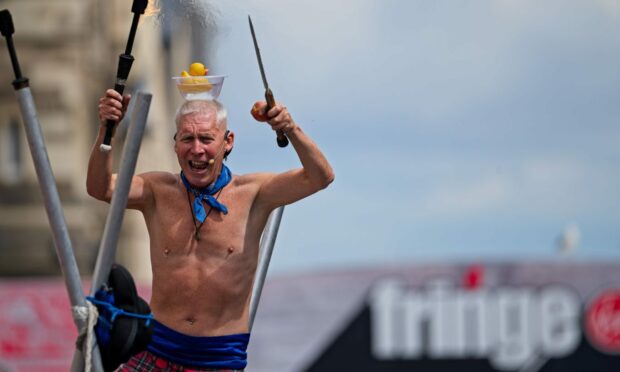

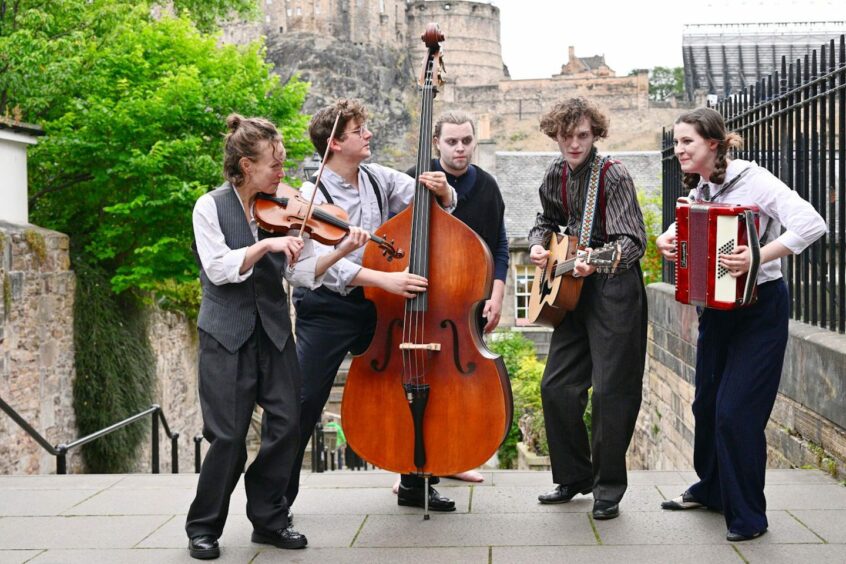
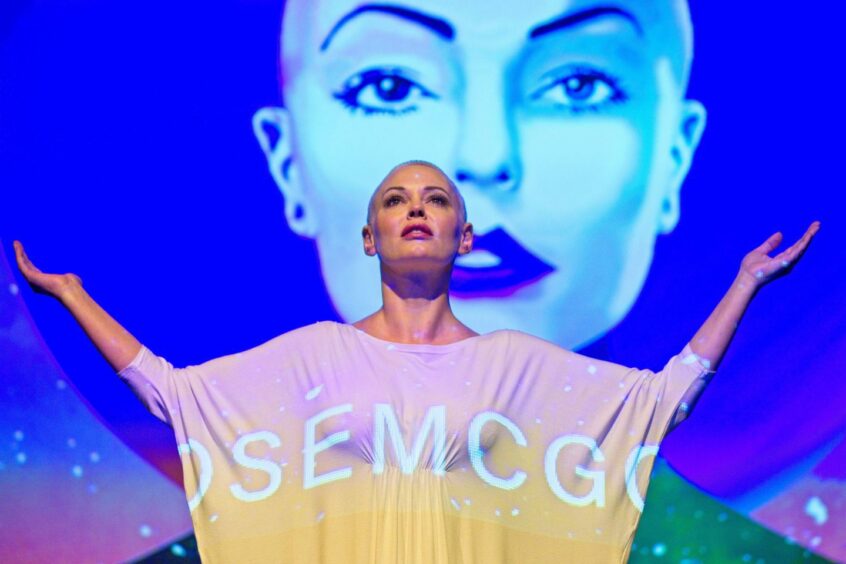
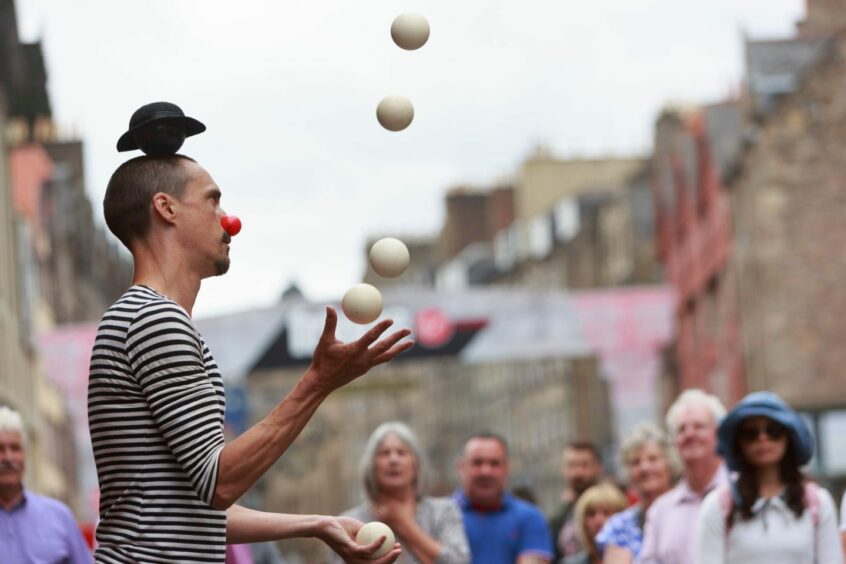
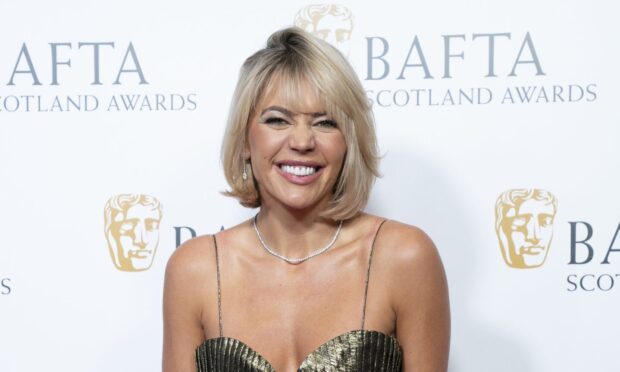



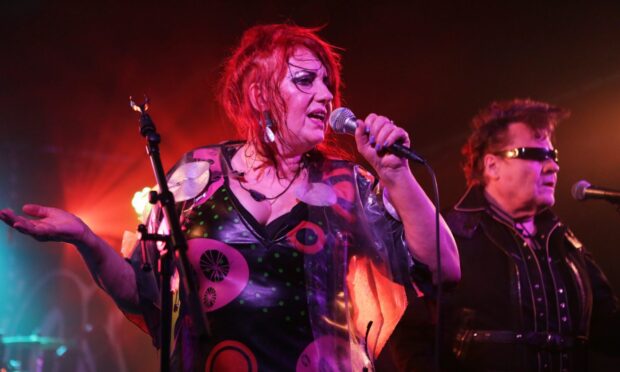
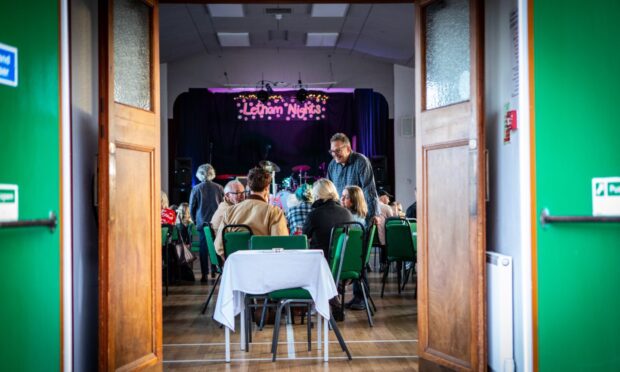




Conversation